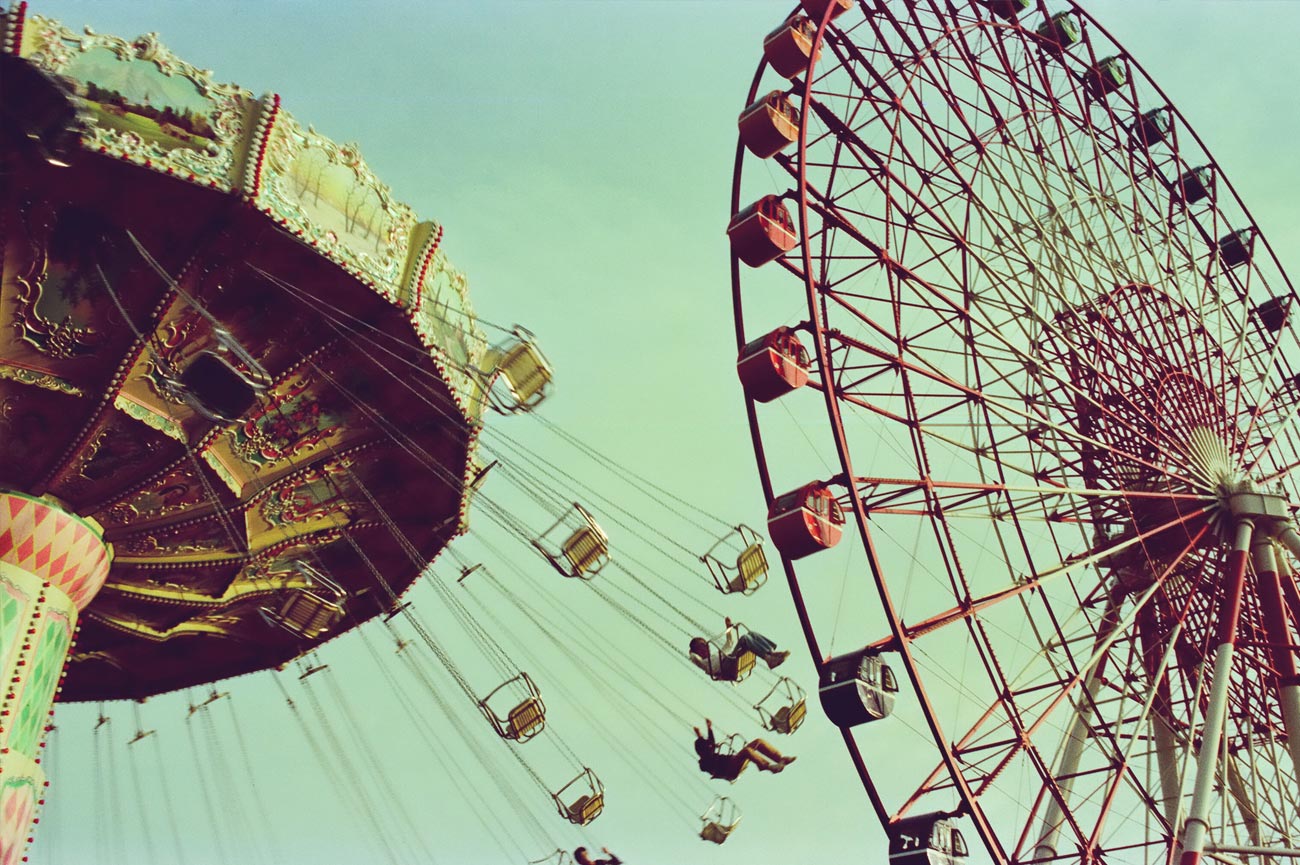Archiving Film and Digital Photographs

Photo by
halfrain. Licensed under CC BY-SA 2.0
Modern film photography is easily archived to last hundreds of years, and your negatives and prints are just as likely to outlive you. The majority of professional papers is archive paper, and a well developed print or negative with fixer chemicals will keep the print or negative from discoloring. As long as you keep yourself organized and you keep your prints and film in archived, acid-free containers, they will last a long time. As long as film is kept in ideal conditions, prints can be made years after the film was developed and still achieve impeccable quality.
The archival potential of digital photography can be similar, but at the same time, is less understood due to its somewhat new existence. Archival paper and printer inks are available for digital photographs, but the extended data for these simply does not yet exist. Another point to consider is the digital media storage devices. Flash memory cards and hard drives may lose data after ten or twenty years of use, and everyone knows they are susceptible to failures and other problems. Data recovery systems have vastly improved, but when you risk losing the original digital negative it can be frightening. Another point to consider is that as technology grows, so do the formats with which we store things. Compact flash cards are already being replaced by other cards, and the RAW image format (which is a proprietary data format) is replacing the JPEG. While digital photography may someday rank highly with the archival capabilities of film, the future for it is still uncertain.

















